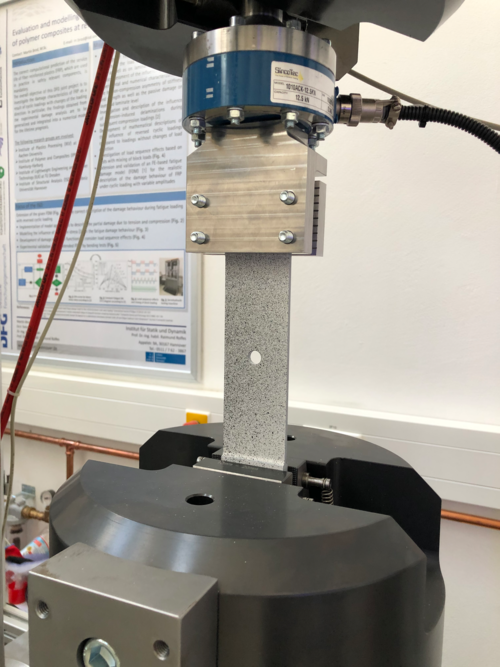
Task 3.4 “New methods for failure and fatigue analysis of suction panels for laminar flow control” supports the B3 project by analyzing and suggesting improvements to the structural design to improve its fatigue life.
New manufacturing techniques such as additive manufacturing or automated fiber placement allow engineers to control parameters in ways not possible using traditional techniques. Exploiting these parameters leads to new possibilities in design, such as varying the local thickness, the composition, or the (fiber) alignment in an anisotropic material. Exploiting these new material and manufacturing processes has risks though, many of the process parameters are not as controlled and bring a degree of uncertainty to the structure. Models to predict failure due to fatigue for these materials and these production processes are also not as well established. The goal of project B3.4 is to improve the fatigue models used to evaluate the suction panel design in the project, to analyze the areas most critical to fatigue, and to make suggestions on how these critical areas can be made less critical by exploiting the new design freedoms given.

Local sensitivity to design/production variations
Fatigue failure is a result of cyclic changing in the stress and strain state of the material. Variations in design and production parameters can have a positive or negative influence in this respect. The first goal of the study is to find a way to map these to a given structure. Sensitivity studies on the fatigue life of the structure are then carried out and correlated with respect to a design or production parameter. Having an idea of the local sensitivity of the investigated structure to production or design variations allows for more focused quality inspections, assuring that fatigue failure will not occur due to negative variations.
Tailoring structure topology to improve fatigue life
Once the effects specific design parameters have is known. And if the parameter can be controlled in the new manufacturing technique, this information can be used to adapt the topology to improve the performance of the structure and potentially make it more robust. Using such an approach can increase the fatigue life while at the same time decreasing uncertainty related to its fatigue life.